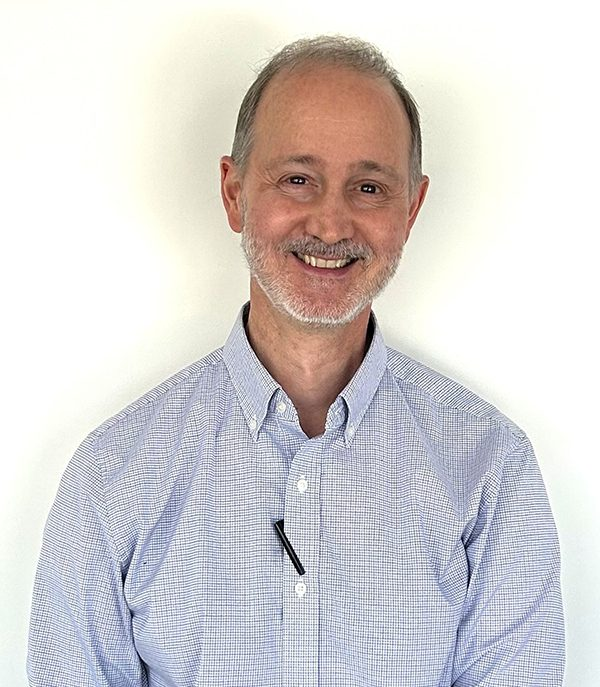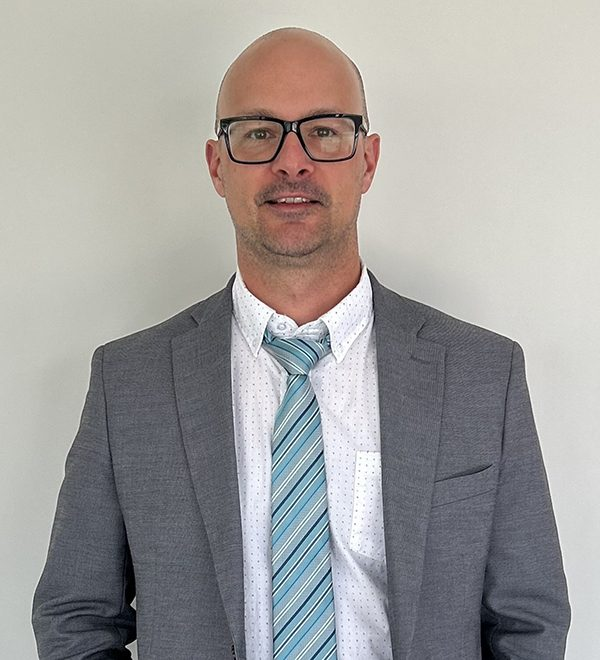Researchers at Seneca Polytechnic have found that one person's trash can truly be somebody else's treasure.
This discovery began with a collaboration between the Seneca Centre for Innovation in Life Sciences (SCILS) and Wellesley Therapeutics, a pharmaceutical research and development company.
Wellesley Therapeutics manufactures products that contain N-Acetylglucosamine (NAG), a metabolite that can improve human health by acting as both an anti-inflammatory and an immunomodulator.
NAG is typically derived from shellfish, which leads to concerns around sustainability and the use of animal byproducts. As a result, the company reached out to Seneca to help it determine if there could be other sources of the metabolite.
In the first phase of the project, a research team led by principal investigator Dr. Frank Merante, and co-principal investigator Jamie Côté, both professors in Seneca's School of Biological Sciences & Applied Chemistry, programmed yeast cells with two mutations designed to facilitate the creation of NAG, knowing that there was a chance that programming certain mutations could cause the yeast to die.
"If we knock out too many important genes, the yeast can't actually do anything. People didn't think it was possible to do what we did and have the yeast still survive," said Ira Sherr, Manager, SCILS.

Dr. Frank Merante, Principal Investigator and Professor, School of Biological Sciences & Advanced Chemistry
The research team proved that it was possible and that their "double mutant" yeast could yield a promising result. Then, they realized that there was another route that could get them to reach their goal: finding appropriate yeast cells in the homebrew industry, without the need for programming.
That's when Escarpment Labs, a company that produces yeast for home-based brewers and commercial breweries, was brought into the project. Seneca researchers grew more than a dozen of Escarpment's proprietary yeast strains under different conditions and conducted tests to determine what compounds they produced.
Yeast is grown in liquid cultures known as media, which provide nutrients to help the yeast thrive. When the yeast is ready to harvest, it is separated from the media, which is then considered waste and cast aside.
Some of the strains examined by the Seneca research team for this project did in fact produce NAG, which remained in the media after it was separated from the yeast.
"It's an opportunity to create revenue out of something they were literally throwing in the garbage," said Mr. Sherr.
"There are very interesting opportunities to find value-added chemicals in waste streams that we may not expect."
In addition to NAG, the researchers found that some of Escarpment's yeast strains produce other compounds that might be of interest to industry.
The Seneca team included student research assistants Doreen Fang, Misako Kobayashi and Parnia Mahmoudi. The students were involved at every step of the process, from designing experiments that would test for NAG to running those tests with state-of-the-art equipment to analyzing the data that resulted.

Jamie Côté, Co-Principal Investigator and Professor, School of Biological Sciences & Advanced Chemistry
"Like a lot of applied research projects I've worked on at Seneca, there was a lot of protocol development and a lot of experimentation," said Ms. Fang, a recent graduate of Seneca's Biotechnology - Advanced diploma program.
Ms. Fang says working on applied research projects like this one has provided her with additional hands-on experience, augmenting what she learned in the classroom and fostering her abilities in communication, teamwork and additional human skills that will help her succeed in her career.













